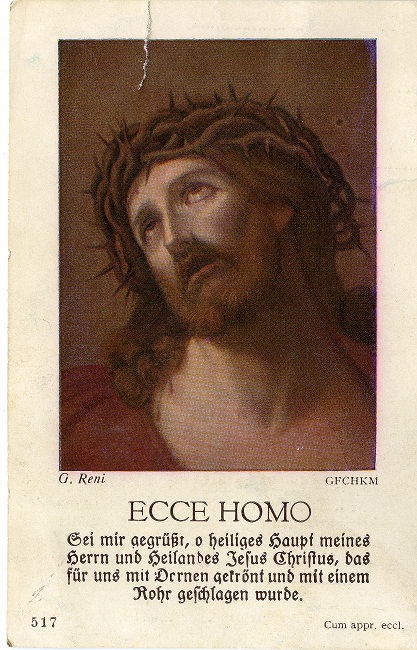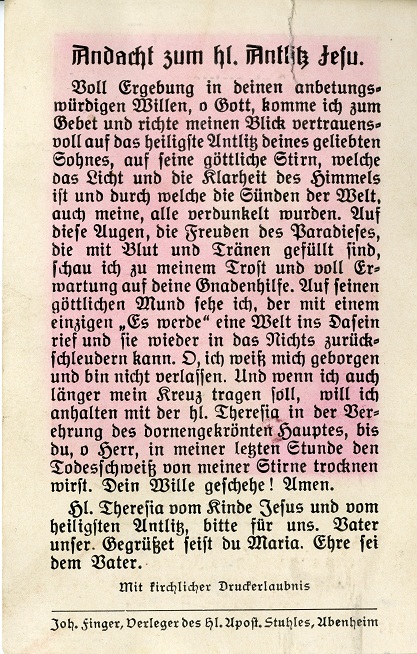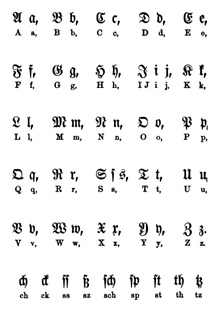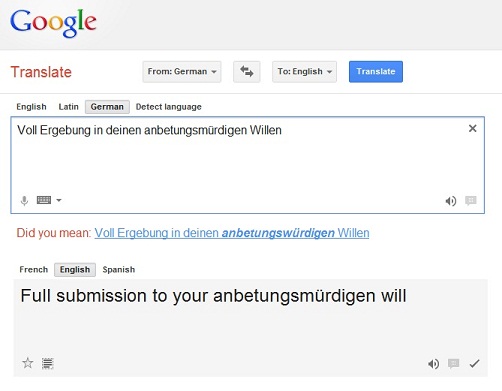University Libraries
From the Archives: Transcribing Germanic Fonts
The Marian Library and U.S. Catholic Special Collection in Roesch Library have hundreds of vintage holy cards. Holy cards were first produced in Europe in the nineteenth century as a way to mass-produce images of saints and religious themes, and were extremely popular with Catholics around the world. We’ve recently begun digitizing some of the oldest and rarest of the holy cards in our collection so that they can be viewed at Digital@UDayton.
To make the text on each holy card searchable, we need to transcribe it. With most holy cards, this is an easy process—just type out what is on the card. But what happens when the text on a holy card looks like this?
Fraktur is a form of Blackletter, or Gothic script, that was used in Germany until around World War II. Take a look at the front of this holy card—do you think you can figure out what all of the letters are?
|
One challenge when transcribing German is that some of the characters are not letters that we use in English. In the third word on the front, “gegrüßt,” there is what is called a Sharp S (ß), a consonant that is only used in German. Other letters just look completely different in the Fraktur font than they do in our regular scripts. |
|
| So to transcribe these cards, we used a bit of guesswork and a bit of Google. We entered what we thought was the correct transcription at http://translate.google.com, and if we were right, it was translated to an English word that made sense. When we were wrong, Google would sometimes give suggested spellings. Some words took three or four tries to get right. |
Check out the holy cards we have online at http://digital.udayton.edu/cdm/search/collection/holycards, and see if your transcription matches what we came up with in the translation section.
Photo Source: Hulshof, John Ludwig. Deutsches lesebuch: Handbuch fur den deutschen unterricht in den elementarschulen. New York: William R. Jenkins Co., 1912
- Colleen Hoelscher, Archivist and Collections Librarian




